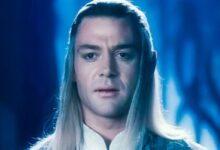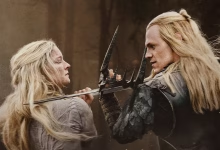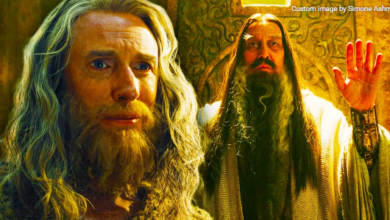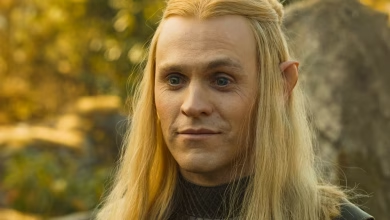Why Hasn’t This Major Middle-earth Event Been Turned Into a TV Show Yet?
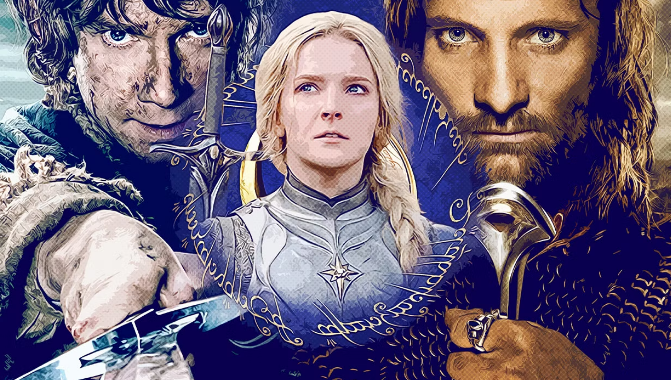
Professor J. R. R. Tolkien is called the father of modern fantasy for a reason. His works set in the world of Arda, The Hobbit, The Lord of the Rings, and The Silmarillion, introduced many concepts now commonplace in the fantasy genre, from immortal and ethereal elves to mighty Dark Lords and a rich world defined by thousands of years of conflict and strife. Despite their popularity, Tolkien’s stories had a rocky period when it came to adaptations. The first adaptation of The Hobbit from 1966 was a messy affair made to retain the film rights, while the 1970s saw the release of stylistically unique but condensed adaptations of The Hobbit and The Lord of the Rings by Rankin/Bass and legendary animator Ralph Bakshi respectively. It wasn’t until the 2000s that Tolkien’s works were done proper justice by Sir Peter Jackson’s legendary film adaptations, which are still heralded for their groundbreaking effects, stellar casting, and how impressively they adapted Tolkien’s themes and narrative. Unfortunately, Jackson couldn’t keep the momentum going with his messy Hobbit trilogy, and for a while, it seemed like Middle-earth adaptations were done for.
Yet in 2022, Amazon released The Lord of the Rings: The Rings of Power, which introduced a new angle to Tolkien adaptations: telling stories from before The Hobbit and detailed in the appendices of The Lord of the Rings: The Return of the King. The show details events from the Second Age concerning the forging of the rings of power. The film continuity is expanding too, with The Lord of the Rings: The War of the Rohirrim and the Andy Serkis-directed The Lord of the Rings: The Hunt for Gollum. These projects leave much speculation regarding what other stories will be adapted in the future, especially for television. One story with great potential takes place a few hundred years before the events of The Hobbit.Known as The War of the Dwarves and Dragons, its events lead directly into The Hobbit and contain moments of heroism, growing evil, and plenty of dragons.
Before ‘The Hobbit,’ Dragons and Dwarves Went to War
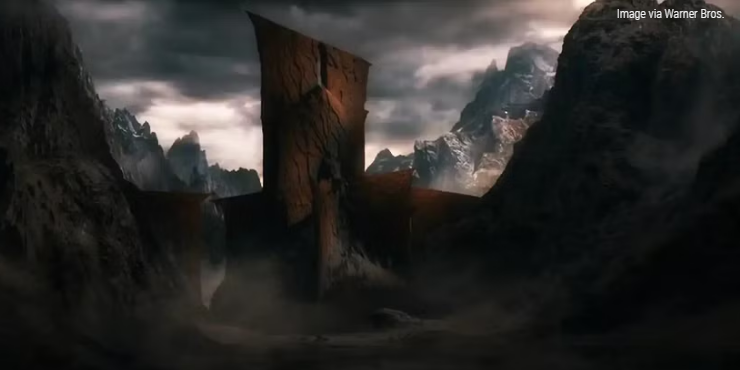
In the year 1981 of the Third Age, the Balrong known as Durin’s Bane drove the oldest clan of dwarves, called Durin’s Folk, out of Khazad-dûm. The survivors mostly fled to the Lonely Mountain of Erebor and established a new kingdom there, but others went to the northern Grey Mountains to take advantage of their relative safety and abundant resources. Of course, the mountains weren’t without their dangers, which included dragons. Originally, these wicked serpents were created by Morgoth as beasts of war in the First Age, but after their master’s defeat, the dragons had dwindled both in size and number. One long-worm, named Scatha, plundered the dwarven treasuries, but he was killed in the year 2000 by Fram of the Éothéod, the ancestors of the people of Rohan. Most other dragons stayed in the Withered Heath further north. In 2210, King Thorin I abandoned Erebor and led his people to join their kinsmen in the Grey Mountains where he established a new kingdom.
But, in 2460, Sauron, then called the Necromancer, settled in the fortress of Dol Guldur and used it as a base to rebuild his lost power. His presence caused a ripple effect across Middle-earth and dark things began to stir, including the dragons. They expanded beyond the Withered Heath as they grew larger and more ferocious. Then, in 2570, they entered the Grey Mountains, attacking the dwarves in full force. For nineteen years, they besieged dwarven strongholds, killing and plundering treasures. Among the casualties were four of the dwarven rings of power, which were consumed along with their bearers or melted by dragon fire.
In 2589, King Dáin I was attacked and he and his second son, Frór, were killed by a cold-drake. This marked the end of the conflict, as the new king, Thrór, and his brother, Grór, led a mass exodus from the mountains. Thrór led most of his people back to Erebor, while Grór led the others to the Iron Hills. Under Thrór’s leadership, Erebor flourished into a prosperous kingdom that traded with the nearby men of Dale and the wood elves of Mirkwood. Unfortunately, in 2770, dragons would once again trouble the dwarves when the mighty fire drake, Smaug, drove them from Erebor.
What Makes This Era of Middle-earth Ripe for Adaptation?

Like many events in Tolkien’s history of Arda, the War of the Dwarves and Dragons has very little information to chew on. However, it has the makings of a great Middle-earth show, explaining events audiences are familiar with while offering creative freedom for the team. Plus, the legendary battles of dwarves defending their homes from scores of wicked dragons are begging to be brought to life by modern filmmaking. Compared to Rings of Power, this era contains elements of Tolkien’s lore that will be more familiar to non-book fans. While the only returning characters would be long-lived ones like Gandalf the Grey, Elrond, or Galadriel, it takes place much closer to the timelines of the books, so including these legacy characters wouldn’t feel forced, which happened in Rings of Power when they brought Galdalf in far too early. During the War of the Dwarves and Dragons, a Gandalf sub-plot already exists with him exploring Dol Guldur and investigating Sauron’s return.
Depending on how far back in the timeline the story goes, Fram could be a major character. Rohan is one of the most beloved nations in Middle-earth for a reason, and with Fram, audiences could see their origins. Fram could provide some good drama with the dwarves since he refuses to share Scatha’s treasures with them, even though many of those riches rightfully belonged to the dwarves. Instead, Fram sends the dwarves dragon teeth and tells them to be satisfied. This is thematically similar to the actions of Thorin Oakenshield, who refuses to share the wealth of Erebor after Smaug’s death, which leads to conflict between the dwarves, the men of Laketown, and the elves of Mirkwood.
This period also offers a chance for dwarves to be the main characters of a fantasy series rather than play second fiddle to men, elves, or hobbits. Granted, most of the principal dwarf characters have very little personality, but that leaves the writers free to expand on them. Thrór and Grór are the two who stand out the best as potential leads since Thrór is the grandfather to Thorin Oakenshield, and Grór the grandfather of Dáin Ironfoot, who becomes King Under the Mountain at the end of The Hobbit. All audiences know of Thrór is that he was a good king who led his people into economic prosperity but succumbed to his greed, possibly due to owning one of the dwarven rings of power. Focusing on a younger Thrór could show him as an uncorrupted prince fighting valiantly to protect his people from dragons. This could also add another layer of tragedy to his story: perhaps the ring corrupted him towards greed because of a desire to elevate his people out of the hardship they had escaped. As for Grór, he is the youngest of the three sons of King Dáin I, so there can be many moments of him interacting with his brothers and establishing personality traits that would be passed down through his descendants.
